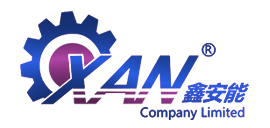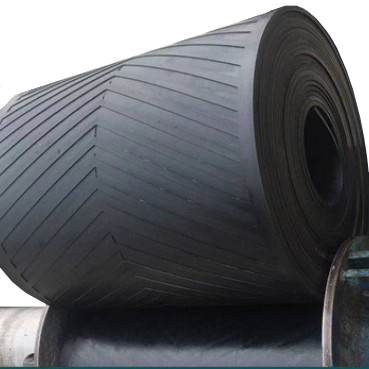
The material of industrial belts can be divided into PVC (polyvinyl chloride), PU (polyurethane), PE (polyolefin), and Si (silicone). Let's do some analysis of the advantages and disadvantages of these conventional materials.

1. PVC (polyvinyl chloride) advantages:
1. Economical and applicable, the price of the conveyor belt should take into account the cost of use in the actual use process, so the economy should be taken into account;
2. Easy to process, PVC is relatively easy to process in the processing process, and has good plasticity;
3. Acid and alkali resistance, PVC has stable chemical properties, and has a certain ability to resist weak acids and alkalis.
Disadvantages:
1. Low hardness is not wear-resistant, and PVC conveyor belt has poor wear resistance during use, which is the reason why some equipment needs to use PU when selecting;
2. Poor oil resistance, PVC conveyor belt should not be used in food machinery and other places with edible oil or mechanical oil.
2. PU (polyurethane) advantages:
1. High hardness and wear resistance, the surface hardness of PU conveyor belt can reach 80-90, which has the advantages of wear resistance and cutting resistance;
2. Good oil resistance, PU conveyor belt is particularly widely used in the food industry, and edible oil mechanical oil will not have a great impact on its service life;
3. Good over-roller performance, the over-roller property mentioned here means that the conveyor belt rarely jumps during use;
4. Food grade, PU conveyor belt has a wide range of applications in food due to its characteristics, pasta machinery, fried food, etc.
Disadvantages:
1. Expensive, the price of PU conveyor belt is relatively expensive compared to PVC conveyor belt, so the production cost may be taken into account when selecting;
2. Weak acid and alkali resistance, compared with the PVC conveyor belt, the acid and alkali resistance of the PU conveyor belt is relatively weak Third, PE (polyolefin) advantages:
1. Food grade, which is a selling point of PE belt, it is absolutely in line with food grade, and the combustion produces water and CO2;
2. Good pyrolysis resistance, stable chemical properties and good heat resistance;
3. Non-toxic decomposition, PE is not only non-toxic to decompose, but also relatively easy to decompose.
Disadvantages:
1. Low hardness and wear-resistant, PE tape is mostly used in the food industry and pharmaceutical industry, and should not be used in other industries;
2. Poor acid and alkalinity of grease resistance, it is best not to use it on equipment with edible oil and mechanical oil Fourth.
3. Si (silica gel) Advantages:
1. Food grade, this characteristic is an important reason why it is used in the food industry;
2. High temperature resistance, the conventional silicone tape can withstand high temperature of 100-500 degrees, and the chemical properties are stable
3. Anti-stick, silicone tape does not stick to sugar, chocolate and other foods with high sugar content.
Disadvantages:
1. Expensive, silicone belt is more expensive than ordinary conveyor belt;
2. The hardness is low, so most of the conveyor belts in the oven use Teflon mesh belts/cloths;
3. The roller passing is poor, the silicone tape has no lateral stability, and the material is relatively soft.